How about Ecuadorian coffee brand Galapagos coffee? is Ecuadorian coffee good?
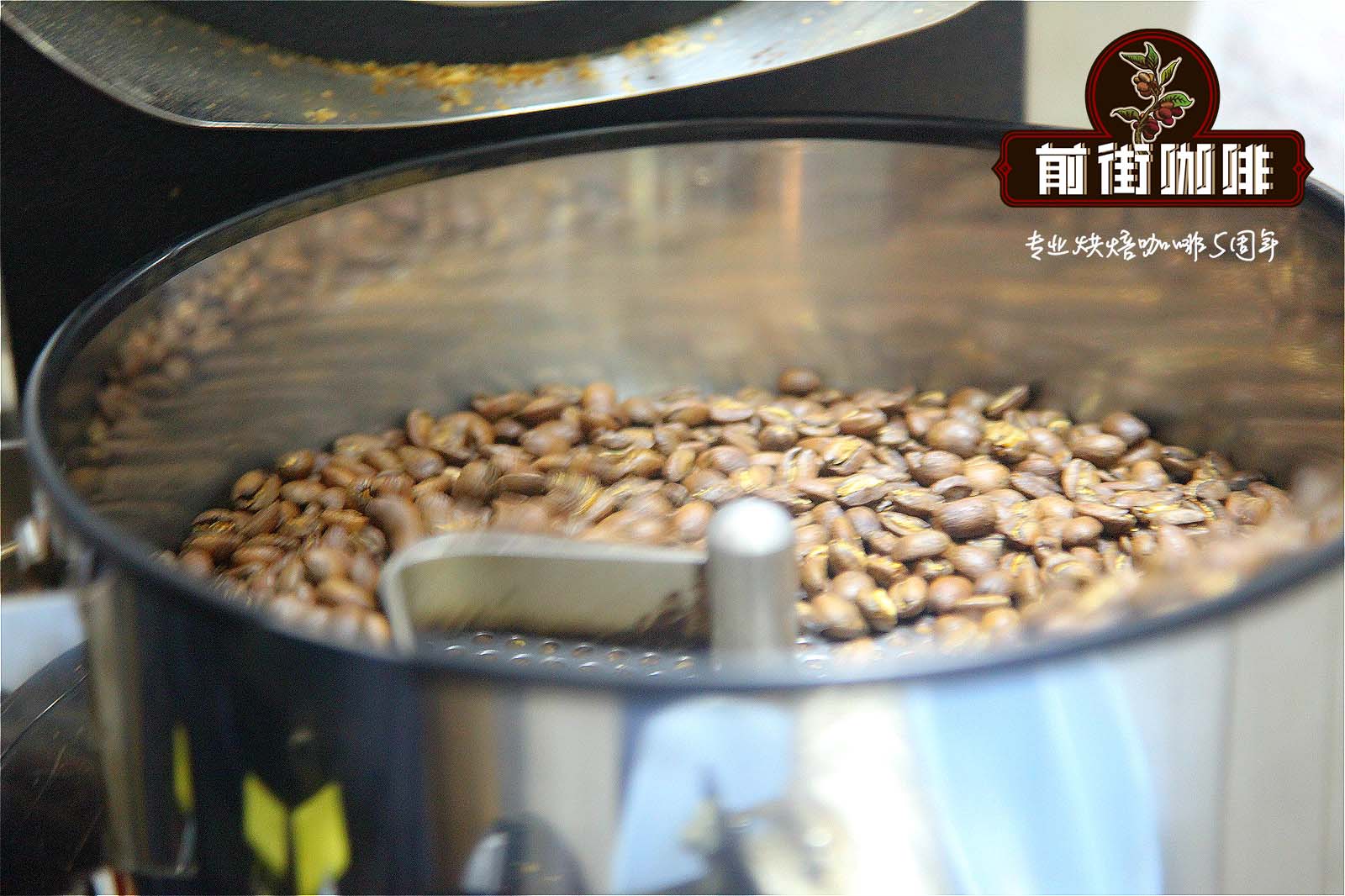
Professional coffee knowledge exchange more coffee bean information please follow the coffee workshop (Wechat official account cafe_style)
Ecuador picks Arabica coffee according to different regional climate and topographical conditions, for example, it has a world extremely high altitude (between 1600 and 1900 meters) coffee growing park in the southern province of Loja. Coffee is also grown in the Amazon forest; coffee is grown in the highlands of Zamora Chinchipe province, avoiding the crisis of local deforestation. In addition, the coffee grown in the el Oro Highlands, the golden coastal area of Ecuador, is foggy due to the intersection of cold winds from the Andes and hot air from the Pacific Ocean, and partially covers the local coffee park. High altitude, land conditions and good post-processing have created the local coffee with a special flavor-acidity, aroma, mild taste and strong walnut flavor. Manabi is a very important coffee producing area along the coast of Ecuador, and its park is located about 400-600m above sea level. Due to the regional climate formed by ocean currents, the taste of its coffee is different from that grown in other lowlands. The ever-changing ecosystem has created Ecuador's rich coffee flavor, but most of them still show classic South American characteristics, such as medium mellow thickness, layered acidity and high sweetness. Most of the coffee is grown organically, and coffee at high altitudes is of good quality.
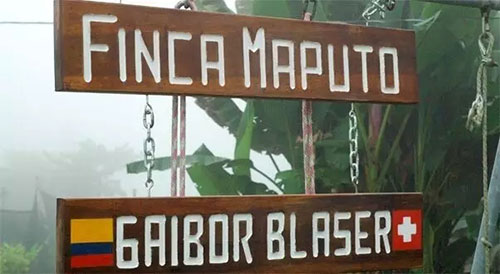
Most southern farms are organic and produce a wide variety of products, including flowers, corn, kale, bananas, bees, cattle, fish, fruit and coffee. At present, the most difficult challenge for coffee farmers is leaf embroidery disease, which has reduced Colombia's coffee production by 50% in recent years. The easiest way to eliminate leaf embroidery is to use chemicals, but coffee farmers treat it in an organic but difficult way for the sake of environmental protection. in addition, in Ecuador, there is a lack of plant nutrients because of the lack of fertilization. this also affects the quality of coffee and the growth of coffee inner shell and raw beans.
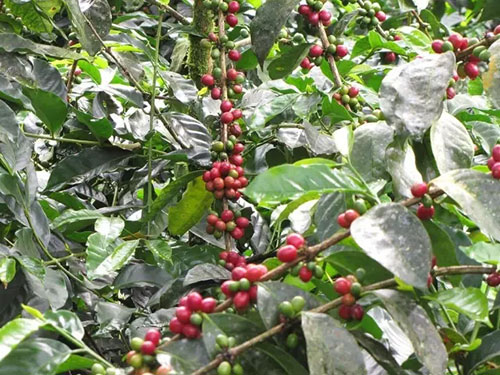
The farms in the north are large, with an average of 15 hectares or more, cultivated with traditional fertilizers and fully developed; the area is lush and very humid, coupled with warm summers, and the conditions are perfect for growing coffee; it is a very interesting place with ancient local aboriginal graveyards, vineyards and experimental farms run by NESPRESSO.
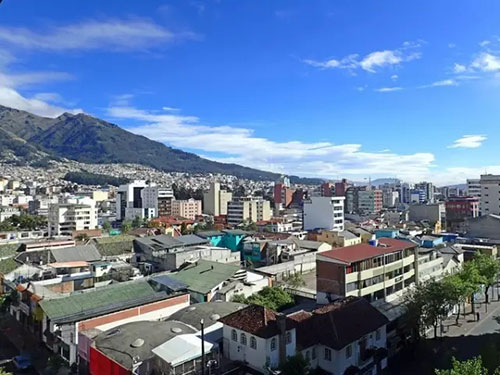
Main producing areas of Ecuador
The province of Manabi, which is dry and facing the sea, is the largest coffee-producing region in Ecuador and accounts for the average production of Arabica in Ecuador at an altitude of 300m.
The province of Zamora Chinchipe (Zamora chinchipe), located in the southeast of Ecuador at a high altitude of 1000murm 1800m, mainly produces washed Arabica with a bright, sweet and berry flavor.
In the provinces of Loja and El oro, 20% of the country's Arabica comes from this region, and coffee beans are almost all sun-treated because of the dry climate.
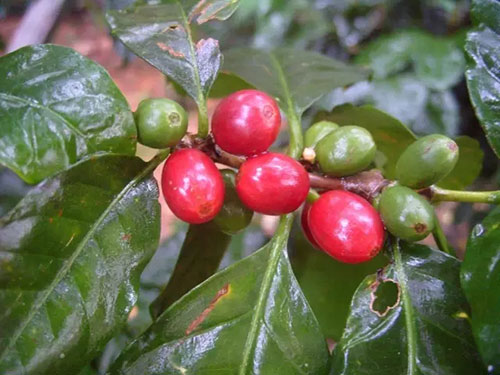
About 1000Km off the west coast of Ecuador in South America, the archipelago directly below the equator in the Pacific Ocean is Ecuador's Galapagos archipelago. The coffee produced here is rare and seldom circulated among ordinary consumers. The archipelago is recognized as a nature conservation area by the United Nations Educational, Scientific and Cultural Organization (USECO). The relevant law expressly stipulates that no chemicals or fertilizers can be used on the whole island, and of course, it is recognized by the OCIA of the United States as the place where organic coffee is produced. The coffee-growing area is concentrated on an island called San Cristobal, with a height of about 800m Mel 1200 m. Due to the island climate, the planting area is covered with thick clouds all the year round and has a dense variety of plants. Galapagos coffee, which is regarded as a treasure by coffee players all over the world, is grown in this primitive and natural super-perfect ecology. According to the relevant literature, French agronomist Don Manual Gobo brought Borubon seeds here in 1875 to open the coffee history of the Galapagos Islands. For a long time, these coffee trees were idle in the forest and allowed them to grow. It was not until 1990 that the Gonzalez-Duche family took over the reorganization. At present, the full name of the manor is "Hacienda El Cafetal San Cristabal". The coffee produced by it is regulated by strict environmental laws and regulations from planting to post-processing. The annual output is about 1150 bags (each bag of 45kg), and the varieties planted are still the "old bourbon" species transplanted in the same year.
Ecuador, which passes through the equator between Colombia and Peru, is one of the few countries in South America that produces both Arabica and robusta coffee. In fact, Ecuador means "equator" in Spanish. Due to the use of old-fashioned traditional harvesting and handling methods, Ecuadorian coffee is not included in the list of boutique coffee, so it is generally rare and unfamiliar. Ecuador faces the Pacific Ocean, and near the equator, about 900km west of longitude 90 degrees, Ecuador is also dependent on the Galapagos Island Islands, also known as Cologne, which produces the well-known Galapagos coffee. In order to protect the natural ecology, the Ecuadorian government has designated the archipelago as a national park and banned the use of chemical fertilizers, pesticides and other chemicals, so coffee in the Galapagos Islands is recognized as organic coffee. Galapagos Islands coffee flavor is more balanced and neutral, moderately mellow, with a little obvious but pleasant acidity, with a special aroma. However, because it is rarely seen on the market, not many people talk about this coffee.
Important Notice :
前街咖啡 FrontStreet Coffee has moved to new addredd:
FrontStreet Coffee Address: 315,Donghua East Road,GuangZhou
Tel:020 38364473
- Prev

Flavor characteristics of Coffee cultivation in Galapagos Galapagos Islands in Ecuador
Professional coffee knowledge exchange more coffee bean information please follow coffee workshop (Wechat official account cafe_style) Ecuador Ecuadorian population: 15224000 Ecuadorian coffee in the boutique coffee industry, although low-lying areas are unlikely to produce good coffee, but higher areas have great potential. GALAPAGOS Galapagos Islands GALAP
- Next

Flavor characteristics of Historical stories about the cultivation of Gigante Higante Coffee in Ecuador
For more information on coffee beans, please follow the coffee workshop (official Wechat account cafe_style) between Colombia and Peru, Ecuador, which passes through the equator, is one of the few countries in South America that produces both Arabica and robusta coffee. In fact, Ecuador means the Spanish equator. Due to the use of old-fashioned traditional collection
Related
- Detailed explanation of Jadeite planting Land in Panamanian Jadeite Manor introduction to the grading system of Jadeite competitive bidding, Red bid, Green bid and Rose Summer
- Story of Coffee planting in Brenka region of Costa Rica Stonehenge Manor anaerobic heavy honey treatment of flavor mouth
- What's on the barrel of Blue Mountain Coffee beans?
- Can American coffee also pull flowers? How to use hot American style to pull out a good-looking pattern?
- Can you make a cold extract with coffee beans? What is the right proportion for cold-extracted coffee formula?
- Indonesian PWN Gold Mandrine Coffee Origin Features Flavor How to Chong? Mandolin coffee is American.
- A brief introduction to the flavor characteristics of Brazilian yellow bourbon coffee beans
- What is the effect of different water quality on the flavor of cold-extracted coffee? What kind of water is best for brewing coffee?
- Why do you think of Rose Summer whenever you mention Panamanian coffee?
- Introduction to the characteristics of authentic blue mountain coffee bean producing areas? What is the CIB Coffee Authority in Jamaica?

